The incident highlighted vulnerabilities in Russia’s air-defense systems at critically important facilities and simultaneously showcased the capabilities of Ukrainian unmanned…

At 25, he left the monitor behind and joined the ranks — first training on a simulator, then soldering drones in the field; today, “Tral” trains newcomers, and behind him are stopped tanks and destroyed armored fighting vehicles.
His combat story was published on the page of the 33rd Separate Mechanized Brigade.
As soon as he turned 25, “Tral” — then a civilian IT specialist — voluntarily joined the Armed Forces. During basic training, he was noticed by a future commander, who offered him service in the unmanned aerial systems unit.
“At first, they let me fly an FPV simulator. I thought it was completely impossible for me. So I was sent to specialized training as a ‘Mavic’ operator,” — he recalls. — “For two months, I flew the ‘Mavic,’ conducting reconnaissance and adjusting fire.”
“Tral’s” first mission took place in the Dylivka area near Kramatorsk.
“We drove at night to the position: we reached a checkpoint, the driver turned off the headlights, turned on the night vision — and continued along the dirt roads. Explosions were visible on the horizon. I felt like I was in a game: ‘Battlefield’ or ‘Call of Duty.’ We reached the position, quickly jumped out. I entered the shelter — and then it hit me that I was at war,” — he recounts.
The initial flights were quiet: “My first combat experience was quite boring. In the first two or three days, I didn’t see the enemy — only tracks in the snow.” There were also funny incidents: “Once I thought I saw a new enemy shelter on the thermal imager. I reported it — and it turned out to be a cow in the field. All my colleagues laughed at me then.”
Later, “Tral” volunteered to become a strike relay drone pilot, and after a successful sortie, he was entrusted with FPV control. The first FPV battles were challenging: “It was quite difficult. You have to make the drone reach the target point — which is much harder than just piloting. On top of that, I had to learn to solder, because I often repaired equipment in the field.”
The reward for his efforts came quickly. “When I first hit enemy equipment, I felt a huge rush. That time, we stopped an enemy column — a tank and two armored fighting vehicles. We hit the tank with a cumulative round, and then, together with adjacent units, finished off the AFVs,” — says “Tral”.
In another episode, acting together with a strike ‘Vampire,’ his crew destroyed two more AFVs with infantry, waiting until the enemy opened the hatches.
Today, “Tral” is involved in recruiting and training new pilots in his brigade: “There are guys who start flying quite well in a couple of hours. Others struggle more, but they compensate with their effort. I used to think UAVs were for young people, but now I know people over forty who fly excellently.”
On motivation, he speaks simply: “For me, Victory is returning home to my loved ones, knowing that no one threatens them anymore. But I know people for whom such a moment will never come. That’s why the enemy must be destroyed completely and irreversibly.”
@armyinformcomua
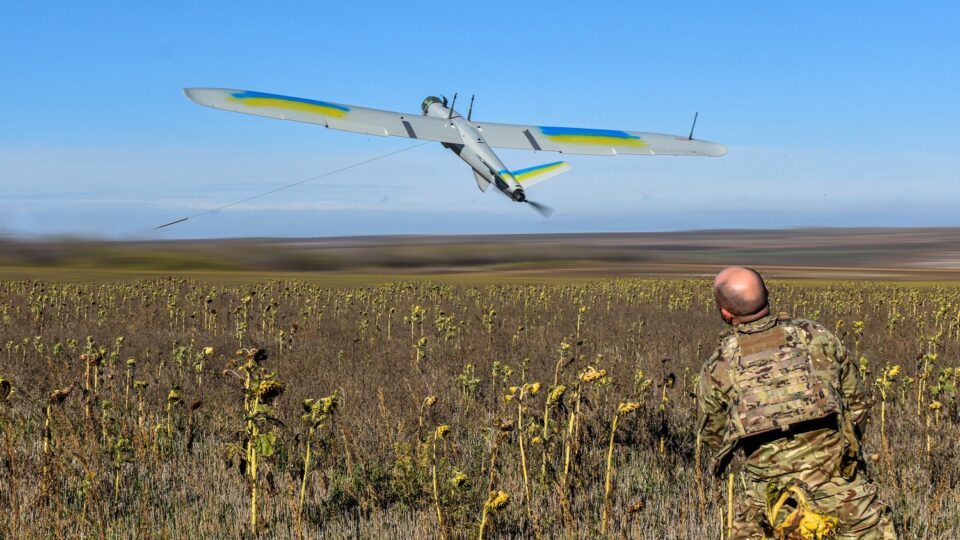
How the fighters of the 2nd Battalion of Unmanned Systems Inquisition of the 59th Separate Assault Brigade named after Yakiv Handziuk of the Unmanned Systems Forces strike the enemy with Bulava strike UAVs and scout his rear with Leleka UAVs.

The destruction of the Russian A-601A aircraft with an experimental laser system by Ukrainian drones has become a striking demonstration of how rapidly the nature of the air war is changing.
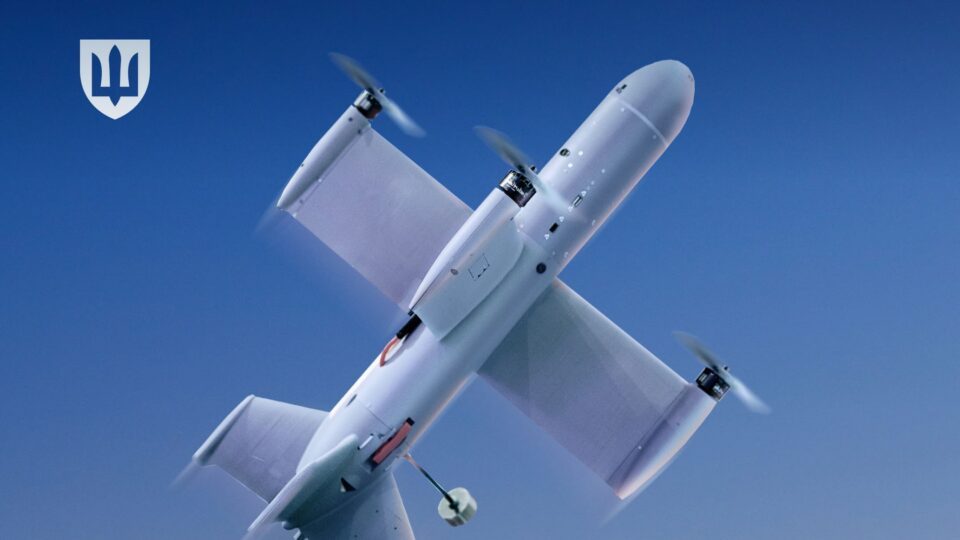
Delegations from the Ministry of Defence of Ukraine and the Ministry of Defence of the United Kingdom have signed a licensing agreement concerning the Ukrainian Octopus interceptor drone.
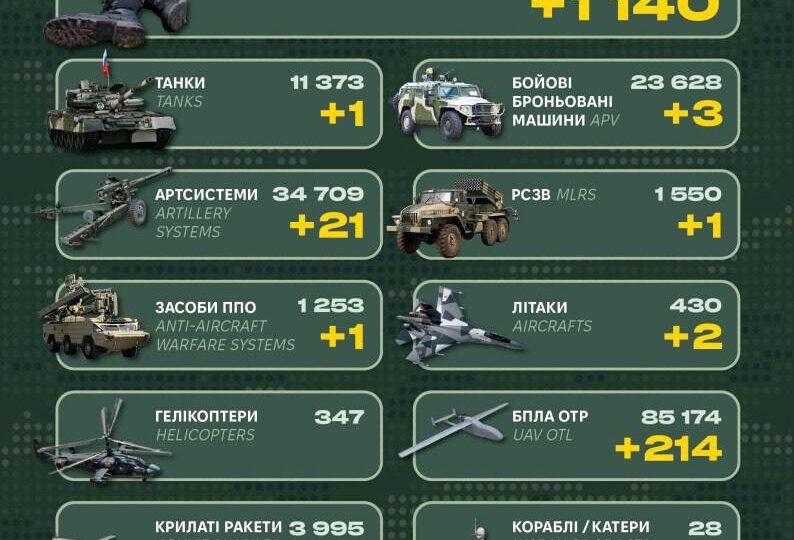
Over the past day, the Russian invaders lost 1,140 military personnel killed and wounded.
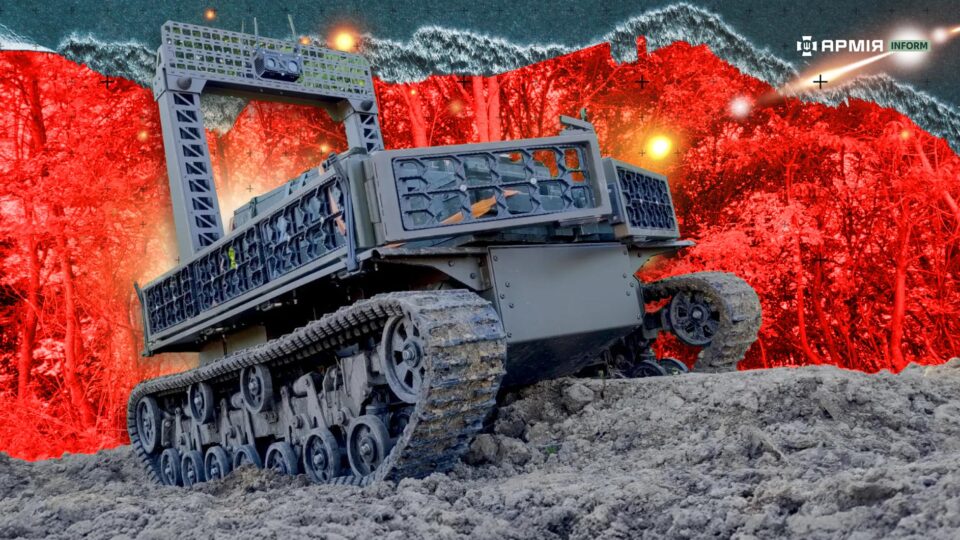
War always gives rise to technology. But in Ukraine, it does so not according to the rules of the last century, but according to its own accelerated procedure. Here, a machine does not go through long cycles of approvals and does not wait its turn in modernization plans. It appears where there was risk yesterday and operates where a human being should no longer be.
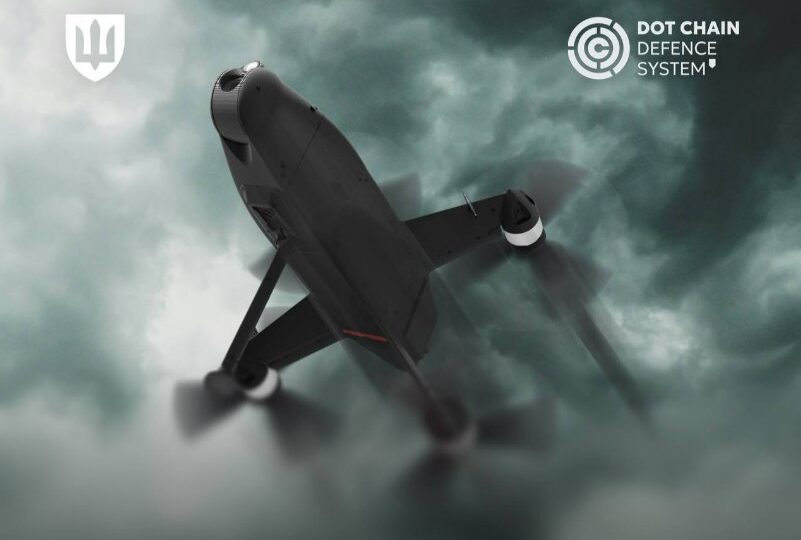
The Defense Procurement Agency of the Ministry of Defense has added a critically important element to the DOT-Chain Defence weapons marketplace — interceptor drones.
The incident highlighted vulnerabilities in Russia’s air-defense systems at critically important facilities and simultaneously showcased the capabilities of Ukrainian unmanned…